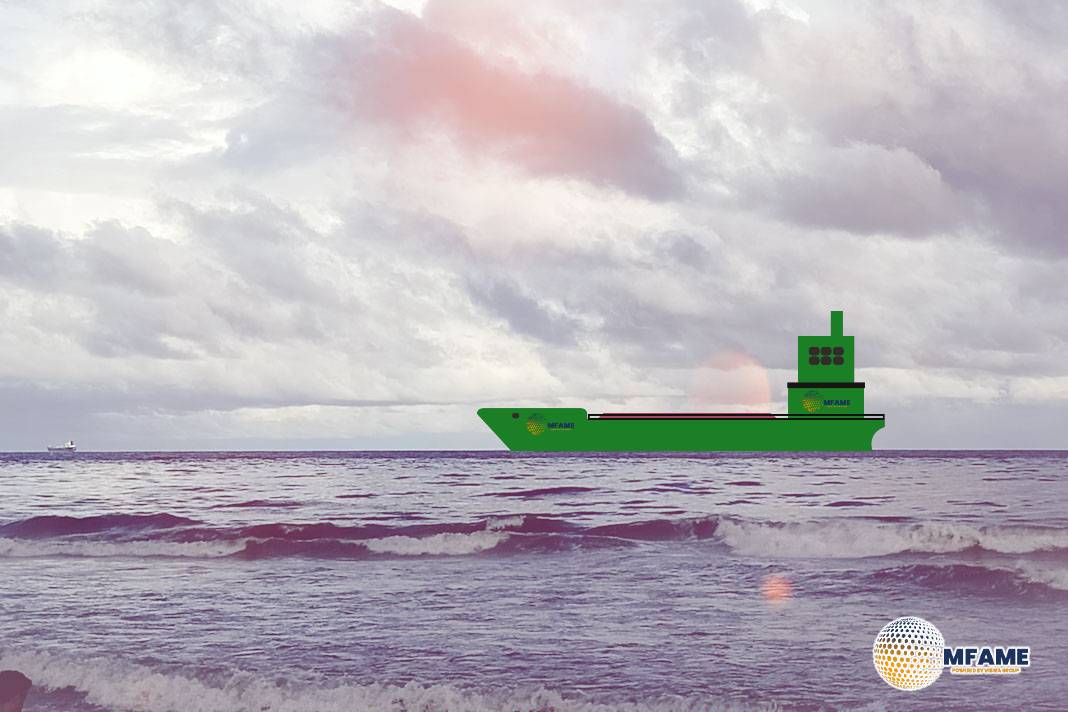- Canadian Gasoline Supplies Dominate US Atlantic Coast Amid Tariff Talks
- European Fuel Imports to the USAC May Face Tariff Pressure
- US West Coast Faces Risk as South Korean Fuel Imports Targeted
On July 12, President Donald Trump reached out to several foreign leaders with a proposal to increase tariffs on all imports from the European Union, from 10% to 30%, starting August 1. While this move is presented as a shift in policy, it seems more about gaining leverage in negotiations than about making immediate changes, reports Break Wave Advisors.
Impact on Atlantic Coast Imports
Canada continues to be the primary supplier of gasoline to the US Atlantic Coast (USAC), averaging 363,000 barrels per day (b/d) over the last year, mainly from Irving Oil’s refinery in Saint John.
However, if European refined products aren’t exempt from the tariff increase, around 145,000 b/d of gasoline imports from the Netherlands, Norway, the UK, and Belgium could see their costs rise.
US West Coast Faces Greater Risk
The US West Coast (USWC) might experience even more significant disruptions. Trump’s plan to boost tariffs on South Korean goods from 10% to 25% poses a serious risk to the region’s supply of refined products. South Korea exports about 24,000 b/d of gasoline and 113,000 b/d of jet fuel to the USWC each year.
This supply is especially vital as California is set to close two refineries by April 2026. South Korean refiners are optimistic that refined products will be exempt from any new tariffs and are seeking official confirmation from Seoul’s Trade Ministry. Data from the EIA shows a sharp drop in gasoline imports to the USWC, plummeting to 112,000 b/d for the week ending July 4, down from 250,000 b/d the week before.
Trump Threatens Secondary Tariffs Over Russia
On July 15, Trump heightened geopolitical tensions by suggesting a potential 100% secondary tariff on countries that continue trading with Russia if a peace deal with Ukraine isn’t reached within 50 days.
Following this announcement, oil prices dipped by over $1 per barrel, reflecting market doubts about the seriousness of the threat. However, if these sanctions are put into action, they would represent a significant escalation by targeting Russia’s remaining export markets.
Russia’s Oil Exports Remain Strong
Even with sanctions in place, Russia continues to hold a significant position in the global oil market, exporting 4.93 million barrels per day of crude and condensates, along with 1.54 million barrels per day of refined products in June. A large portion of these exports heads to China, India, and Turkey, facilitated by a network of non-Western tankers that cleverly sidestep traditional Western insurance and financing.
Oil and gas revenues make up about 30–50% of Russia’s federal budget. Although Western sanctions—like the EU import ban and the $60 per barrel price cap—have impacted revenues, various enforcement loopholes have enabled Russia to keep its export volumes steady, particularly towards Asia.
Secondary Sanctions Could Sever Asia-Russia Ties
Trump’s suggested secondary sanctions aim to directly hit this workaround by penalising all importers of Russian oil, not just those associated with the West. This could seriously disrupt Russia’s export strategy, hinder the operations of the shadow fleet, and further squeeze its oil revenue stream.
Did you subscribe to our daily Newsletter?
It’s Free Click here to Subscribe!
Source: Break Wave Advisors


















